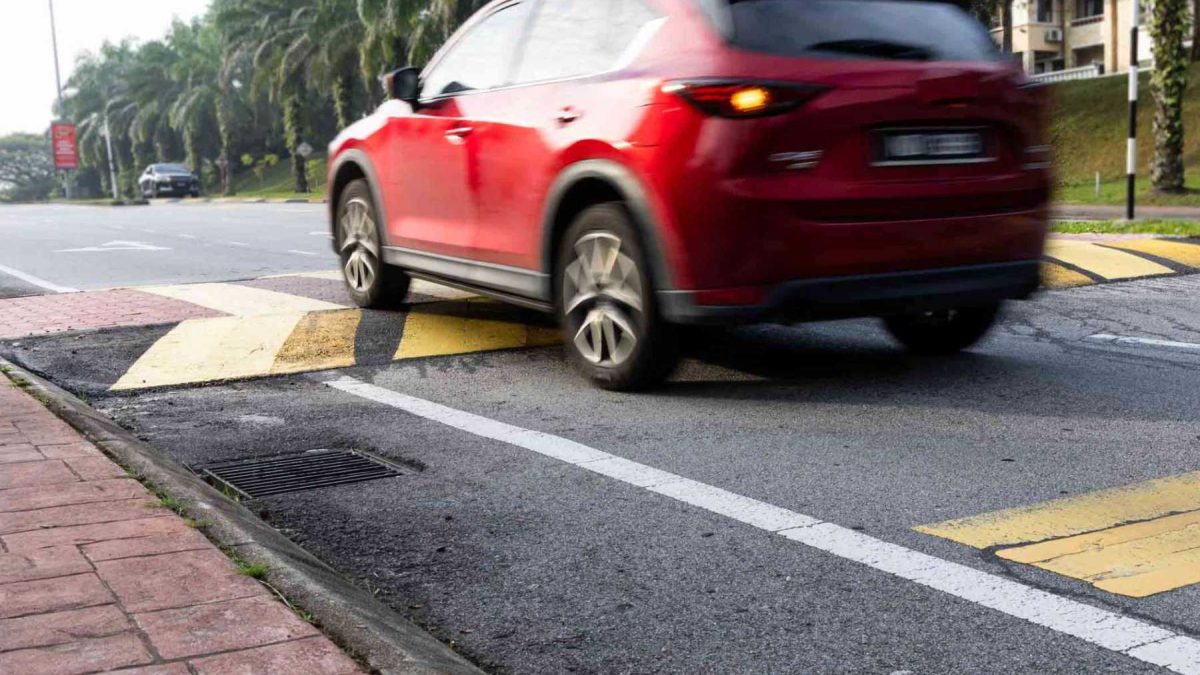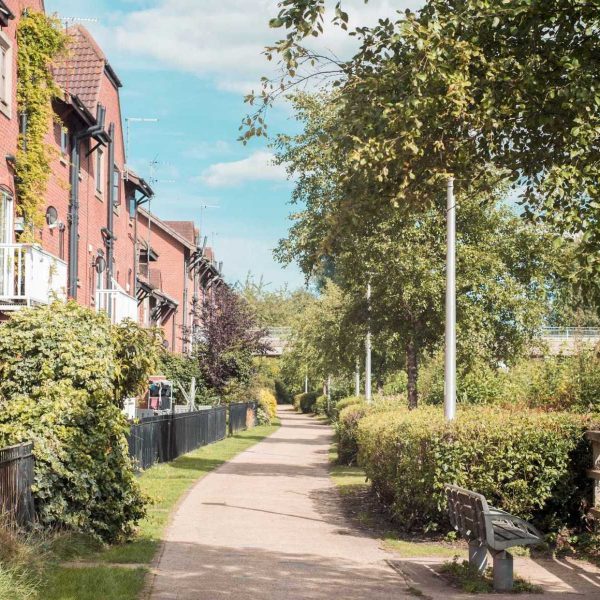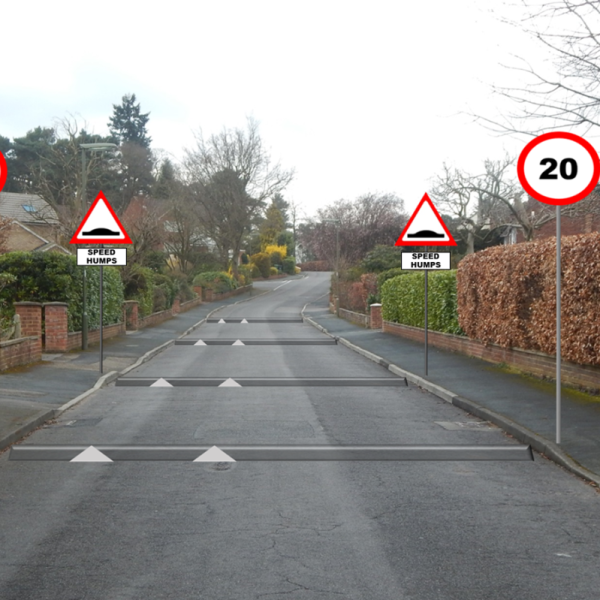
Innovative Traffic Calming Techniques for Urban Safety
In the constantly evolving landscape of urban planning and design, the imperative to ensure the safety of road users while maintaining the flow of traffic is paramount. This article delves into the realm of innovative traffic calming techniques that are redefining urban safety, highlighting the cutting-edge technologies and approaches that are making streets safer for all.
Smart Speed Bumps: Adapting to Real-Time Traffic Conditions
One of the most significant advancements in traffic calming is the development of smart speed bumps. Unlike traditional speed bumps, these smart devices can adapt to real-time traffic conditions. Equipped with sensors, they can retract into the road when emergency vehicles are detected, reducing response times for critical services. For regular traffic, these smart speed bumps can adjust their height based on the speed of approaching vehicles, ensuring a smoother ride for those adhering to speed limits while still effectively slowing down speedsters.
Dynamic Road Markings: Guiding Drivers Intuitively
Another innovative approach is the use of dynamic road markings. These electronically controlled markings can change in response to traffic conditions, weather, or time of day. For example, in areas of high pedestrian activity, such as school zones or shopping districts, the markings can expand to create wider pedestrian lanes during peak times, effectively slowing down traffic. This flexibility not only enhances safety but also optimizes road usage.
AI-Powered Traffic Management Systems
Artificial Intelligence (AI) is playing a growing role in traffic management. AI-powered systems can analyze traffic patterns and suggest modifications to traffic calming measures. By processing data from various sources, including traffic cameras and sensors, these systems can identify high-risk areas and suggest timely interventions, such as temporary speed restrictions or the activation of warning signals.
Virtual Speed Bumps: A Psychological Approach
The use of virtual speed bumps is an intriguing psychological approach to traffic calming. Projected onto the road surface, these optical illusions create the appearance of a three-dimensional bump, encouraging drivers to slow down. While they have no physical impact on a vehicle, their visual effect has been found to effectively reduce speeds, especially in residential areas and near schools.
Shared Spaces and Textured Pavements
Moving beyond technology, the concept of shared spaces is gaining traction. This approach involves removing the distinction between road and pavement, encouraging drivers to be more aware and cautious. Additionally, textured pavements can signal a change in environment to drivers, prompting them to reduce speed. These methods rely on altering driver behavior through environmental design, fostering a sense of shared responsibility among all road users.
Rumble Strips: A Traditional yet Effective Traffic Calming Measure
While exploring the realm of innovative traffic calming measures, it’s crucial not to overlook the enduring effectiveness of more traditional methods, such as rumble strips. Rumble strips, though simple in concept, play a significant role in enhancing road safety, particularly in areas where alerting drivers to potential hazards or changes in road conditions is essential.
The Functionality of Rumble Strips
Rumble strips are small, raised or indented patterns on the road surface, typically found on the edges of highways or mid-lanes. They serve a dual purpose: to alert inattentive drivers through auditory and tactile feedback, and to encourage a reduction in speed. When a vehicle passes over these strips, the vibration and noise generated immediately catch the driver’s attention.
Applications in Urban and Rural Settings
In urban areas, rumble strips are often strategically placed near pedestrian crossings, school zones, and at the approach to roundabouts or traffic calming zones. They act as a physical reminder for drivers to slow down, enhancing the safety of both pedestrians and motorists.
In rural settings, where driver fatigue or inattention can be a significant issue, rumble strips on the edges of roads help in preventing run-off-road collisions. They are particularly effective in alerting drivers who may be drifting off the road, helping to avert potential accidents.
Design Considerations
The design and placement of rumble strips need careful consideration to ensure their effectiveness without causing undue discomfort or noise pollution. The frequency and depth of the strips can be varied according to the intended speed reduction and the type of roadway. For instance, strips used on high-speed highways are different from those in residential areas where lower noise levels are desirable.
Environmental Impact and Community Feedback
While rumble strips are generally well-regarded for their safety benefits, their impact on the surrounding community and environment must be considered. In residential areas, the noise generated by rumble strips can be a concern. Consequently, urban planners often opt for ‘rumble stripes’ – a variation that involves painting the strips to reduce noise while maintaining their effectiveness. Rumble strips, though a more traditional traffic calming measure, remain an integral part of road safety strategies. Their simplicity, cost-effectiveness, and versatility make them suitable for a wide range of settings, from busy urban streets to isolated rural roads. As urban planners and traffic engineers strive to create safer road environments, the humble rumble strip stands as a testament to the enduring value of simple, well-designed traffic calming solutions.
As urban areas continue to grow and evolve, the challenge of maintaining safety on busy streets becomes more complex. These innovative traffic calming techniques represent a fusion of technology, psychology, and urban design, offering dynamic and effective solutions to the perennial challenge of urban safety. By embracing these advancements, cities can create safer, more welcoming environments for their inhabitants, marking a significant step forward in the pursuit of harmonious and sustainable urban living.
















